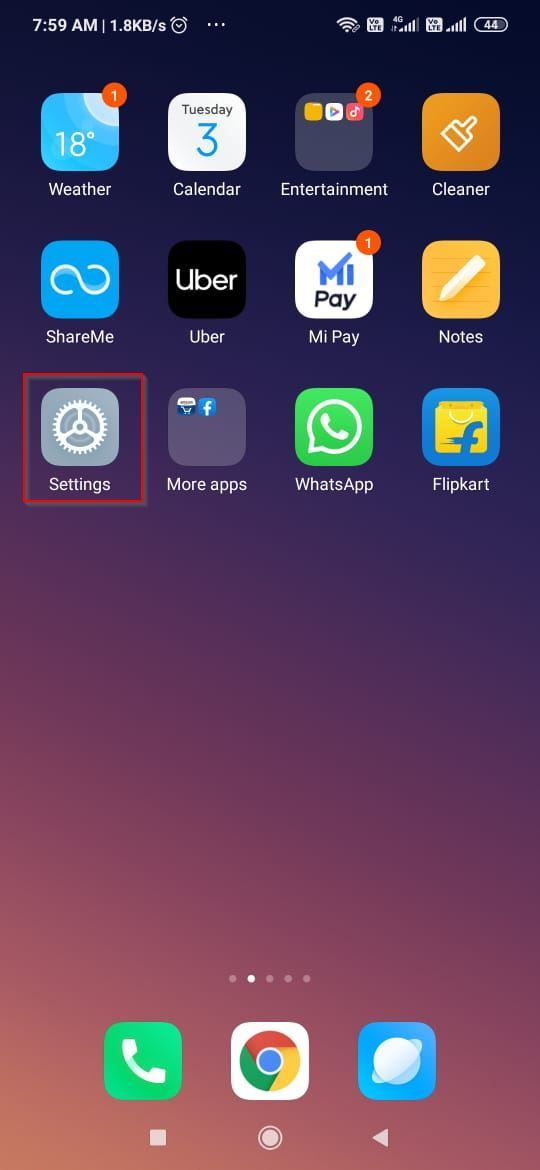
The Manage section houses what was included in the Library tab and allows for users to filter between installed and owned apps or those with available updates. The updated design drops the existing tabs for just the ‘Overview’ and ‘Manage’ sections, with the Overview tab displaying a summary of pending app updates, device storage details, ratings and reviews, and the peer-to-peer app sharing functionality. Now, it looks like the refreshed design is beginning to gradually roll out to users. The refreshed design – which is known to be in the works for a while – replaced the ‘My apps & games’ page with a new ‘Manage apps & device’ section, consolidating a lot of the functionality into just two tabs.
Manage apps and devices play store for android#
This management scenario is available for Android 8+ (Oreo and higher) devices.Back in September last year, a redesign for the ‘My Apps’ section in th e Google Play Store was spotted in a teardown of the app’s code. This scenario is targeted at organizations that wish to enable personal use on corporate-owned single-user devices that they have provided for work. IT admins can see, control, and configure the work accounts, applications, and data in the work profile, while end users are guaranteed that admins will have no visibility into the data and applications in the personal profile. This corporate-owned, personally-enabled (COPE) scenario offers separation between work and personal profiles, similar to that offered for personally-owned work profile devices, while giving admins more device-level control. Corporate-owned devices with a work profile is one of the corporate management scenarios in the Android Enterprise solution set. Fully managed devices are company-owned general-purpose Android devices that are associated with a single user.Īnswer 5.

Admins can manage the entire device and enforce policy controls unavailable to work profiles, such as: Android Enterprise fully managed devices are corporate-owned devices associated with a single user and used exclusively for work and not personal use. By default, access to the public Play store is blocked on a fully managed device.Īnswer 3.
Manage apps and devices play store install#
To ensure that only apps from approved sources are installed on the device, organizations can leverage the Managed Google Play store to distribute corporate apps to managed devices.Īn organization may deploy additional policies to allow users to install other apps from the public Play store on the device, if they wish to, allowing users to personalize their work device. Organizations do not have to enable installing apps from untrusted sources, which is a concern with the previous device administrator management mode.

By preventing the sideloading of apps on the device, the device maintains its security posture. On a fully managed device, Intune provides a locked down approach to apps. That's up to you to determine although this also covered at Īnswer 1&2. What does "turning off" an application mean? Uninstall? If so, with a fully managed device, yes, managed apps cannot be uninstalled by the end-user.Ĭovered above and also covered in their names. Once again, that's the entire point of the work profile. You can do this for a work profile device as well but it only impacts the work profile.

With a fully managed device, you can limit what is approved and installed from the Managed Google Play store. What's your definition of work application? Intune doesn't magically know what a work app is. For work profile, kind of the same answer, no they cannot be managed as once again that's the entire point of this enrollment/management method: to separate work from personal. That's the entire point of this enrollment/management method. There are no personal applications on corporate-owned fully managed device - everything is managed.


 0 kommentar(er)
0 kommentar(er)
